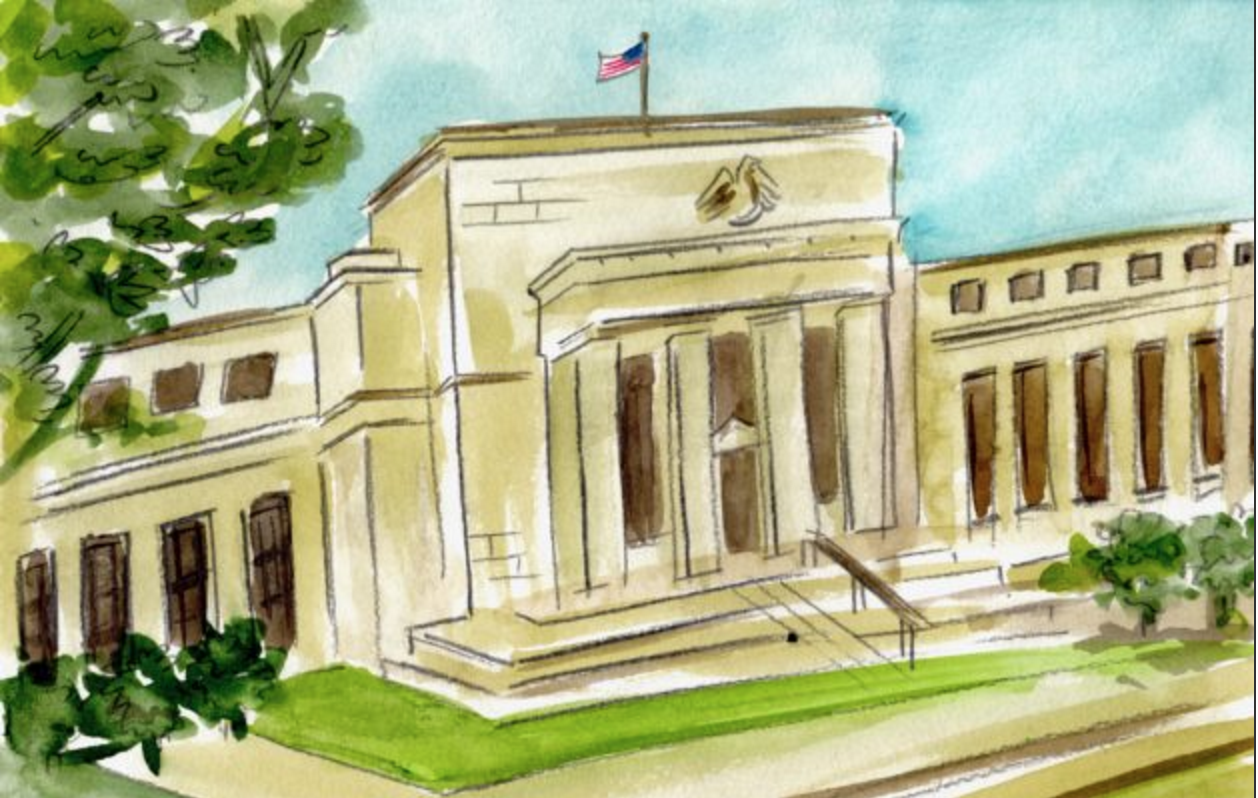After a two-day meeting concluding on Wednesday, Federal Reserve officials voted to keep interest rate unchanged at a target rate of 0.25 to 0.50 percent. According to Chairwoman Janet L. Yellen’s press conference, members of the Federal Open Market Committee (FOMC) feel they are closing-in on the Fed’s statutory mandate—to foster maximum employment and price stability—and they consider that the case for a rate increase before the end of the year is still strong.
Their optimistic view of the economy is based on economic growth picking up its pace in the second half of the year, mainly supported by household spending and what Ms Yellen described as “solid increases in household income.” Meanwhile, the labor market has been tightening and some Fed officials consider the low unemployment rate to be at its full employment value, or at least “pretty close to most FOMC participants’ estimates of its longer-run equilibrium value,” to use Ms Yellen’s words. Even though inflation remains below the Fed’s target, given current economic growth and an improving labor market, we will see a pick up soon after “transitory influences holding down inflation fade.”
“We’re generally pleased with how the U.S. economy is doing,” expressed Ms. Yellen.
However, after presenting such an optimistic economic outlook, it seems at odds that Fed officials lowered their projections of GDP growth for 2016. The median growth projection for the year is now 1.8 percent, down from 2.0 percent in June. In short, it seems contradictory that policymakers believe the case for an interest rate increase has “strengthened”, while at the same time revising down their growth projections, for the third time this year.
Sending a strong signal in August that a possible interest rate hike was coming and then pulling back, made market participants question the Fed’s and Ms. Yellen’s credibility. But again, during the press conference following the meeting, Ms. Yellen said that an interest rate increase is due before the end of the year, if “we simply stay in the current course.” So which one is it? Is the economy strong enough to operate with higher rates, or not?
I think the conflicting message can be somewhat explained by noting two things. First, Chair Yellen’s remarks at Jackson Hole, last month. This speech was about the monetary policy toolkit the Fed has at its disposal to respond to future economic downturns. Among the tools, however, Ms. Yellen didn’t include the alternative of negative interest rates. Whether or not negative rates are a good idea is not the point. The point is that she declared that “doing so was impossible,” sending a strong message that the Fed is very much constrained by the zero lower bound on nominal rates. Then this past Wednesday Ms. Yellen reiterated that the zero lower bound is a “concern,” saying that monetary policy action has “less scope than [she] would like to see or expect [them] to have in the long run.”
Ms. Yellen’s remarks at Jackson Hole made it clear that the Fed trusts that, whenever the next downturn hits, “conventional interest rate reductions” will be their first line of defense. However, in order to make those reductions, rates cannot be down to where they are right now; they need some room for maneuver. For example, during the past nine recessions the FOMC cut the fed funds rate by an average 5-1/2 percentage points. Meaning that right now the Fed is 5 percentage points short of what they would need to reduce rates, if an average recession hits the economy.
Second, as Ms. Yellen noted during the Q&A, monetary policy operates with long and variable lags—in other words, that the implementation and effects of new monetary policies would normally take some time. For this reason, she argued, the principle of forward looking is so important. That is, acting ahead of time, and based on projections and forecasts, before a threat materializes. In this regard Ms. Yellen stated, “I’m not in favor of the whites of their eyes rights sort of approach. We need to operate based on forecasts.” Moreover, the Chairwoman has repeatedly stated that any adjustments in the stance of monetary policy will be “gradual,” in a succession of small increases. Thus, it would be inconsistent to keep rates unchanged when the Fed forecasts of inflation are pretty much on target for 2017 and 2018 and when monetary adjustments will be gradual and needing some time to be implemented and have effect.
It seems as if the Fed fears its ability—or lack of—to respond to the next crisis, and those fears could be weighing heavily in their considerations of a rate hike. If that is the case then the good news, for them, is that they have their favorable outlook of the economy and the principle of forward looking to justify the hike.
So, if there are no negative surprises, it’s very likely that before the end of the year the fed funds rate will increase from its current target range of 0.25-0.50 percent to the 0.50-0.75 percent range. The next Fed meeting will take place just a week before the election. Even though the Fed is not supposed to play politics, policymakers will not want to rattle the markets right before polls open. So November’s meeting is not likely to be the one, all bets are on December.
Illustration by Heske van Doornen
